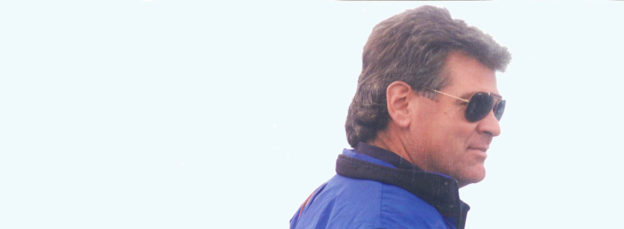The Colorado Fishmonger’s Retirement Interview
Harry Mahleres Retires from Seattle Fish Co. as Director of Purchasing
Today, Harry Mahleres officially announces his retirement as Director of Purchasing for Denver-based Seattle Fish Co. If you’ve been in the seafood industry over the last twenty years, you know Harry or, at least, you’ve read his Market Reports. His colleagues accurately describe him as “firm but fair”. He has been able to build respect from others and keep it. He’s never mean, but we wouldn’t want to be on the other end of the line when a vendor says a shipment is lost.
This exit interview encompasses Harry’s 20+ years in the seafood industry. From owning his own restaurant to starting H&C Fish, a seafood supplier, to joining the Seattle Fish Co team, here is a peek into Harry’s experiences as Colorado’s Fishmonger. He will be missed, and we know these will be enormous shoes to fill.
How long have you been with Seattle Fish Co.?
I’ve been at SFC almost 25 years, once I leave. I was in the food industry before joining Seattle Fish Co.
How long have you been in the food industry?
First, I had my own restaurant, Harry M’s in Grand Junction. It was quite the place. It was a host to oil industry heads during the shale boom of the late 70’s and early 80’s. When the boom became a bust, I started my own seafood company in Grand Junction, H&C Fish, which stood for Harry and Claudia [Harry’s wife]. I had that company for five years.
What brought you to Seattle Fish Co.?
I received a call and subsequent offer from Ed Iacino, who got tired of competing with me, especially in his backyard. Aspen was one of my main areas. He suggested that I just come work for him, and I did. I’ve been with Seattle Fish Co. ever since.
What was your first position at Seattle Fish Co?
Sales. I brought my book over [to Seattle Fish Co.]. Then I became the sales manager.
How did you become Director of Purchasing for Seattle Fish Co?
It was right around the time Ed [Iacino] retired. Ed purchased primarily most of the seafood with some assistance. I took that over when he left. I did and still do remain in sales to a limited degree.
So how long have I been in this role as Director of Purchasing?
Fifteen years.
What have been some of the biggest challenges in this role?
It’s a daily challenge. You’re buying for a major fish company, looking at significant growth, especially the last five years at double-digit levels. These past few years are probably what I am most proud of; being part of the Senior Leadership Team, overseeing tremendous growth in the company, locally and regionally. It’s truly been a great and challenging time.
What are some of the biggest changes you’ve seen in the seafood industry since you started?
The biggest changes we’ve seen is how we view our industry regarding preservation of the oceans for future generations. Sustainability; doing the right thing, following the proper procedures, being transparent. Transparency might be the biggest change. It’s been a necessary change. Twenty-five years ago there was little regard for where you got your swordfish or your tunas or how it was harvested. It was just “give me good, fresh fish, let me sell it, I don’t care how you got it.” It’s different now, and it should be.
How is being a Director of Purchasing for a land-locked seafood distributor compared to one on the coasts?
Well, the people on the coasts have direct, visual, hands-on contact with the specific items they bring into that particular dock. Our advantage, though, is our location. We can bring in seafood from all corners of the world into middle America on a timely basis. We bring trucks from all four corners of the U.S. Team drivers, carrying a trailer load of fresh seafood arrives in Denver 30-35 hours from port. Our advantage is that we have more access to many varieties of fish from both coasts and the Gulf. You go to some seafood companies in California, and they have ten items they’re selling, their local items. Some of them import other items as we do as an import distributor, but they don’t have any specific advantage over us. Their advantage might be a quicker turnover with just the local fish they have. I think we still have a greater overall advantage sourcing from many regions. We have personally visited docks, gulf coast shrimp and reef fisheries, oyster farms, and fish farms, all over the globe. Seattle Fish Co. is perfectly located in the Rocky Mountain region.
How was Seattle Fish transporting seafood when you first started compared to now?
We were flying about 75% of our seafood when I started [15 years ago]. I’ve changed that to reverse it. We now truck 75-80% and fly 20-30%. Trucking is a better cold chain and it’s more reliable. We’ve established partnerships with our trucking companies; they care about getting fish delivered on time. Seattle Fish always had a truck coming from of Seattle, Washington, but have since increased our Boston run and added twice a week shipping from Miami and Los Angeles. We now cover all four corners. Sometimes trucking can be the same amount of turn-around as air freight. Once you get it loaded on the plane, they lose it somewhere, ship it to who knows where, then it gets back here. You could have trucked it by then and controlled the cold chain the whole time.
What are some of your favorite memories being here with Seattle Fish Co.?
Well, there are some stories, but I don’t want to tell you those. There isn’t one thing that is totally memorable, but this is the only job I’ve had, having run my own business. So I’ve always treated it as if it was my own company. I’ve tried to set a work ethic and example for not only my staff, but the company. That’s what I remember; doing the best job I possibly could.
Will you miss writing the famous, bi-monthly market report, which is read internationally?
You know, I’ll miss being a part of that. A lot of people read it and they say ‘thanks for giving me this information.’ It pleases me; you want to hear that your work is appreciated and read. But the actual writing it? It’s a pain in the….it takes a lot of time. It takes five or six hours on the weekend. But, a lot of people read it, and we get quoted for information all of the time. They want to know what Seattle Fish Co. thinks about the fish business and what we do. It’s relevant.
What is your favorite seafood?
I like everything. I love oysters; they’re one of my favorites. There isn’t a fish that I’ve seen that I haven’t liked. I like seafood from uni to oysters. If you can’t eat it, how can you sell it? You have to love it and appreciate it.
What was purchasing like when you started? How was it done?
It was all done by hand. Our inventory was on a white board listing fresh items. Whenever an order came in, sales support would erase 100 lbs and write 90. You’d re-do the whiteboard every day and to update inventory on a daily basis. Ed would handwrite the purchase orders, not quite pushing his pen to the fifth carbon copy, making it difficult for the receivers to read. He would make a ‘fresh sheet’ by hand, and Xerox copies would go out to the sales team. The electronic age allowed us to purchase more fish and quicker. It allowed us to grow. We used to buy from one salmon vendor, one west coast vendor, one oyster vendor. Our vendor list was pretty narrow at that time. Now the varieties and regions are vastly expanded. We’re able to buy much more efficiently than we did in the past.
What’s it been like to see the growth of Seattle Fish Co. over the years?
Our business has quadrupled since I’ve been here. That’s pretty significant. It’s been fun being a main cog in that wheel. It’s been a pretty good ride.
Do you have an exact retirement date?
April 30, 2016.
What are you going to do after Seattle Fish?
I haven’t considered this as retirement. To me, that means you fade off into the sunset. I’m sure I will do something. I don’t have any specific plans, but I know I will still wake up at 5 o’clock in the morning, maybe 6.

